
|
MZD 60/2.8 Macro Image Samples from Olympus E-M1 Mk.II |

|
My other articles related to the |
|
Here is the subject of this series: a stainless-steel cat trinket, kindly loaned for this purpose by my wife (who also was of great help in preparing the session). All images shown were shot in Aperture Priority, exposure compensation of 0.7 EV. ISO 200, Auto WB and saved as SHQ (1:2.7) in-camera JPEGs, Normal Picture Mode (contrast and sharpness at -1, saturation at 0). Indoors daylight (early afternoon), self-timer, tripod.
|
| 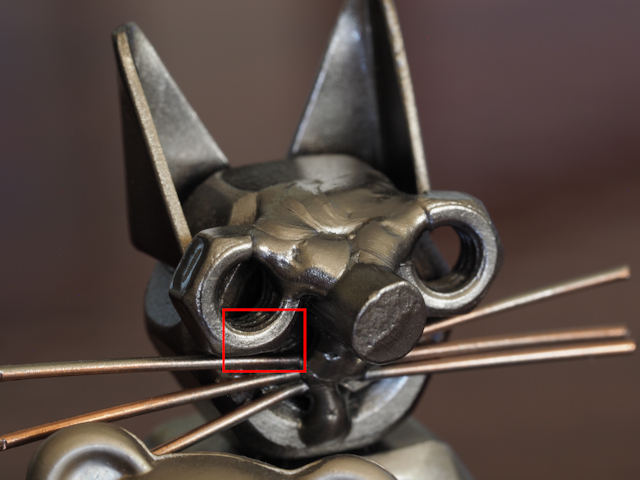
| 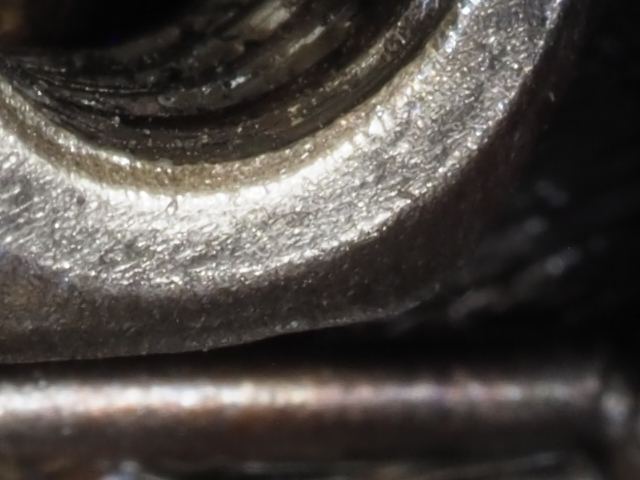
|
[1] F/8.0, 1.3 s, frame width 50 mm
|
|
|
Even at F/8 the depth-of-field zone is quite shallow, but sufficient for quite pleasing results. The AF was set at the eye in the red box, shown also in the 1:1 crop at right. Note that this is 20 MP shown full size, so the detil looks good to me (see small scratches near the bottom of the eye). The lens seems to hndle bright reflections nicely, anf I teally like the way it shows transitions between in-focus and out-of-focus areas, see the full-size, original in-camera JPEG.
While inspecting the full-size image, you will notice a few dozen hot pixels. Simply, I am delyig the pixel-mapping procedure until the camera is three years old, so that I can do a small study on that subject.
|
| 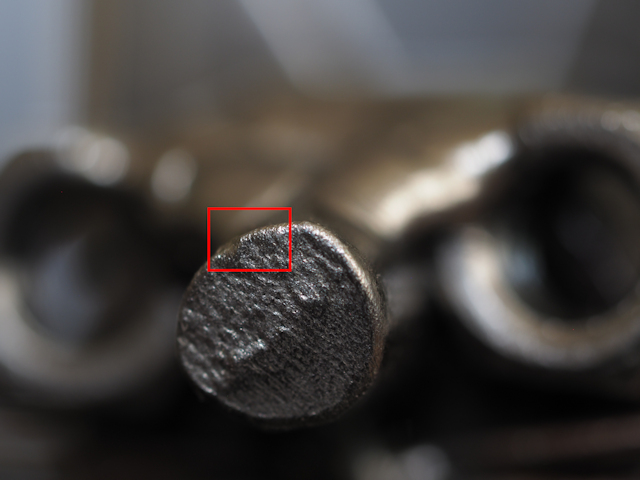
| 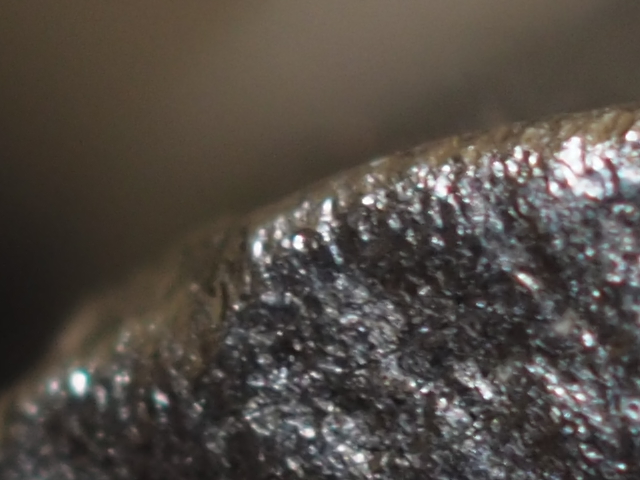
|
[2] F/2.8, 1/6 s, frame width 24 mm
|
|
|
The second frame was shot fully open, to show how thin the DoF can be. Consider this: the distance from the nose tip to eye-socket plane is just five millimerers. The scene is 25 mm wide. Besides that, not much to talk about here; maybe just the two somewhat brighter, out-of-focus spots (10 o'clock from the box), perfectly circular ad nicely rendered. (We're goin to see more of those soon).
Now, the real reason for this session: a series of images differing just in the aperture used (and, to keep the same exposure, in shutter speed). otherwise identical. In addiition to full frames and 1:1 cropped samples, you can use here my Swapper image player, which is here set up to swap larger 1:1 fragments on top of each other, for easier comparison. To run it, click on the Swapper thumbnail below.
|
| 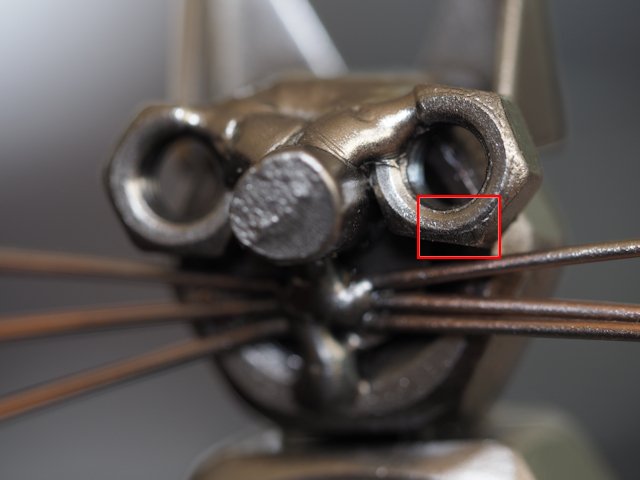 F/2.8
F/2.8
| 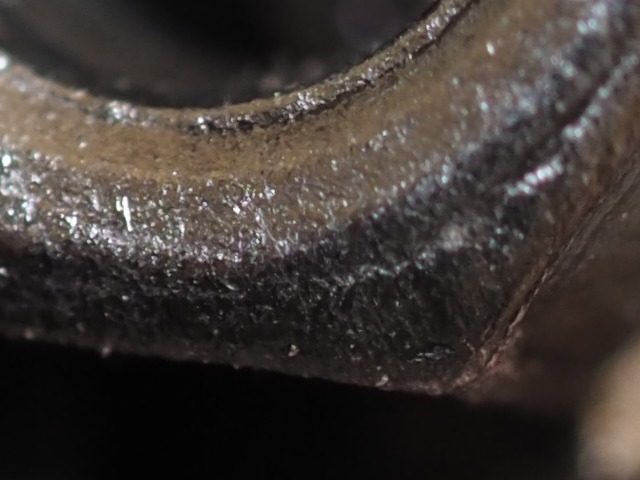
F/2.8
|
| 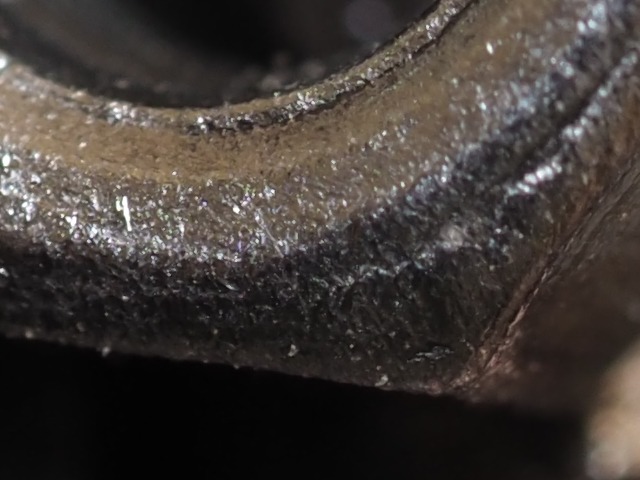
F/4.0
| 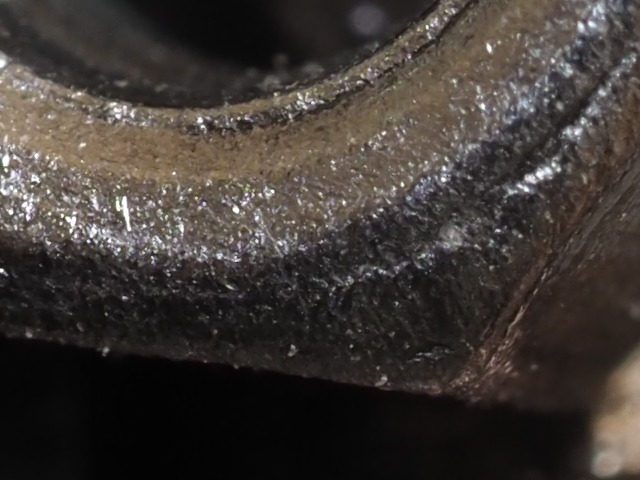
F/5.6
|
| 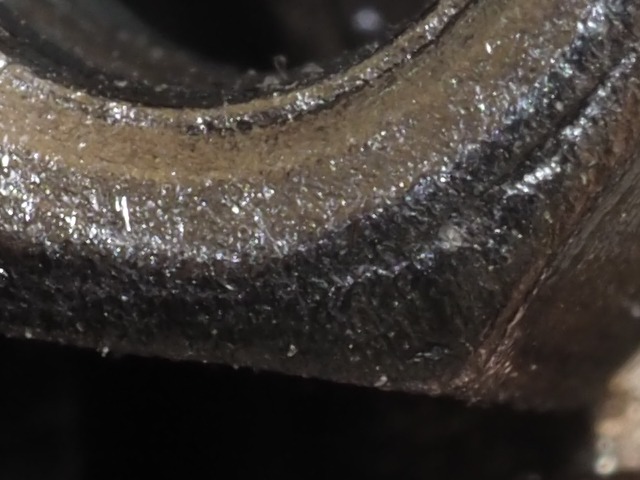
F/8.0
| 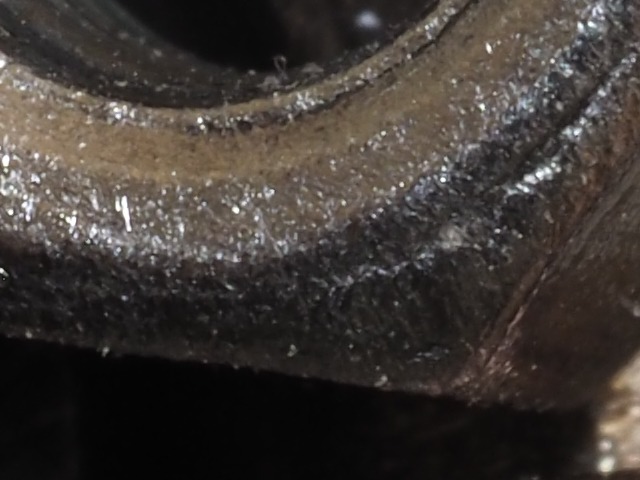
F/11
|
| 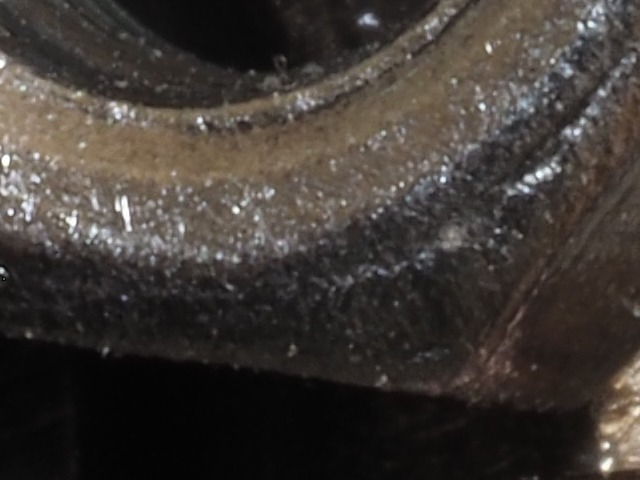
F/16
| 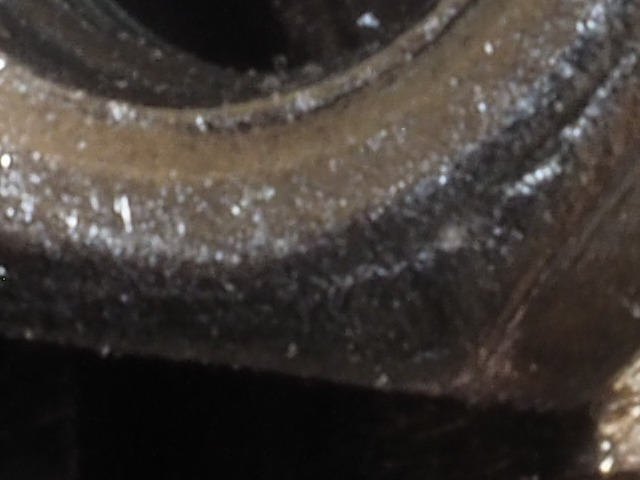
F/22
|
|
While these images show very good resolution in the center, at par with the best μFT lenses I've used, they do not provide any help in judging the outer regions of the frame. Also, note that the sharpness improves quite a lot between F/2.8 and F/4, a bit less at F/5.6. Above that, what you mostly gain is more depth of field (if you need it); this will work up to F/11 (sometimes even F/16), and beyond that value diffraction effects seem to eradicate any gains in DoF.
Anyway, these sample images are just the first series, with more needed before I say more bout this lens ; (in particular: will it replace my long-time favorite, the ZD 10/2.0 Macro (see also here or here), as a general-use and/or macro optics. Then I can think of a full report. | |||||||

|
My other articles related to the |
|
This page is not sponsored or endorsed by Olympus (or anyone else) and presents solely the views of the author.
All brand names and trademarks are a property of some fat guy with a cigar and a bunch of lawyers. |
| Home: wrotniak.net | Search this site | Change font size |
| Posted 2019/05/26 | Copyright © 2019 by J. Andrzej Wrotniak |